I'm looking to replace an ADC chip from an ADS1015 to a MAX11612. Currently I'm using an Adafruit ADS1015 breakout board, but I need an ADC that is truly bipolar and reads significantly faster (>10kSPS). I think a MAX11612 will do the trick. The AIN voltages will be +/- 7.5 volts (between 5 and 10, depending on what works best). The SDA, SCL, VDD and GND are all connected to a Raspberry Pi and I'm using the Pi's 5V rail as VDD and the Pi's ground as GND.
I'm concerned about the voltage on the SDA and SCL pins going from the ADC to the PI, which needs to be <3.3V.
FB1 are two ferrite beads (810-MMZ2012Y152BTD25). The circuit is largely inspired from the ADS1015 breakout board.
Here is the link to the MAX11612 datasheet
And here's the MAX11612 pinout

I've come up with the following circuit as a drop-in replacement for the Adafruit breakout board. Can anyone tell me if this will provide the protection that I need for the SDA and SCL pins and give me the voltage range on AIN0 that I need? AIN1 will be used as the signal ground reference and AIN0 is the signal input.
EDIT: Here's the schematic with a proposed level shifter. Is this the right thing to do?



